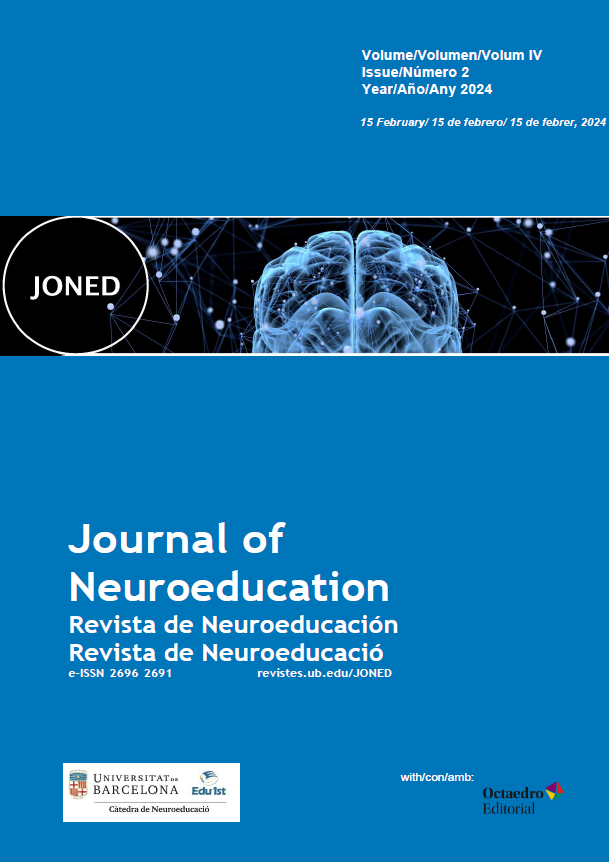Neuroeducational model of early channeling for children with learning problems
Abstract
In this article, in a beautifull way we explain what a neuroeducational model is to young scientists, helping them to understand how their teachers and neuroeducators use it as a bridge to support them when they have learning problems and neurodevelopmental disorders.
References
Games Eternod J, Troconis Trens G. Introducción a la pediatría de Games. Méndez Editores; 2010.
Sadok VA, Sadock BJ, Ahmad S. Manual de bolsillo de psiquiatria clinica. Baltimore, MD, Estados Unidos de América: Wolters Kluwer Health; 2018.
Al-Mahrezi A, Al-Futaisi A, Al-Mamari W. Learning Disabilities: Opportunities and challenges in Oman. Sultan Qaboos University Medical Journal [Internet]. 2016 May 15;16(2):e129-131. Available from: https://pubmed.ncbi.nlm.nih.gov/27226902/
Döhla D, Heim S. Developmental Dyslexia and Dysgraphia: What can We Learn from the One About the Other? Frontiers in Psychology [Internet]. 2016 Jan 26;6(1664-1078). Available from: https://www.frontiersin.org/articles/10.3389/fpsyg.2015.02045/full
Bisaz R, Travaglia A, Alberini CM. The Neurobiological Bases of Memory Formation: From Physiological Conditions to Psychopathology. Psychopathology [Internet]. 2014;47(6):347–56. Available from: https://www.ncbi.nlm.nih.gov/pmc/articles/PMC4246028/
Downloads
Published
Issue
Section
License
Copyright (c) 2024 Paola del Rosario Flores-Rodríguez

This work is licensed under a Creative Commons Attribution-NonCommercial 4.0 International License.
The authors who publish in this journal agree to the following terms:
a. Authors retain copyright and grant the journal the right of first publication
b. Texts will be published under a Creative Commons Attribution Non Commercial License that allows others to share the work, provided they include an acknowledgement of the work’s authorship, its initial publication in this journal and the terms of the license, and not for commercial use.



